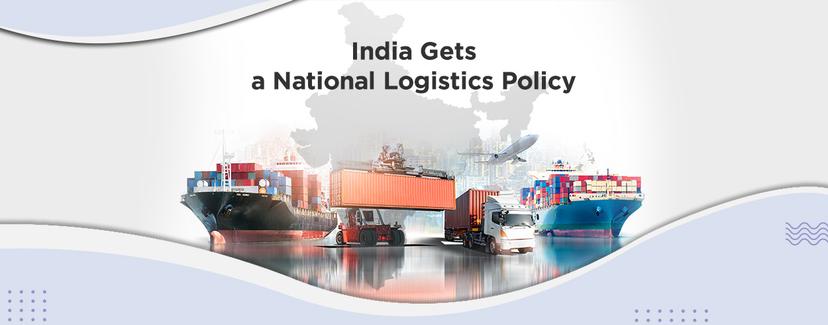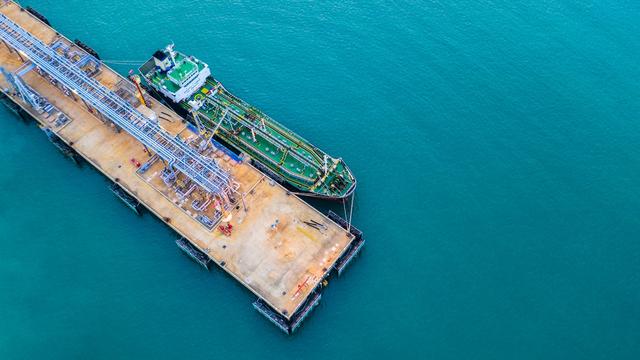
India Gets A National Logistics Policy
Prime Minister, Shri Narendra Modi launched the National Logistics Policy (NLP) at Vigyan Bhawan, New Delhi on 17th September 2022. NLP is a...
Wondering what you need to know about the IMO Sulphur Regulations 2020? Read more to get the latest update from scrubbers to bunker fuel and how shipping liners will meet this regulation.

With climate change high on global agenda today, every industry, including shipping, is taking steps to protect the environment. Know how the introduction of IMO Sulphur Regulations 2020, is playing its part.
The effects of climate change have been already observable for several years. Effects such as loss of sea-ice, rising sea levels, drought, and intense heat waves are among some of the better know changes we’re seeing.
It’s a concern for everyone, especially greenhouse gases -including Sulphur Dioxide (SO2)- which are a significant contributor to the atmospheric damage we are experiencing. As well as contributing to global warming and poor air quality, sulphur emissions are responsible for acid rain which impacts agriculture and marine life. And the marine sector is a very significant producer of SO2 emissions.
Shipping traditionally used fuels which are high in sulphur levels. With almost 3.8 million barrels of oil consumed per day through various shipping vessels, it doesn't take much calculation to realise how much of the greenhouse gases are actually released into the atmosphere.
In order to limit the emissions from ships, the International Maritime Organization (IMO) has taken measures to limit SO2 emissions.
Introduction of the International Maritime Organization (IMO) Sulphur Regulations 2020
In 2016, the IMO set limits on the sulphur in fuel oil used onboard ships operating outside the designated emission control areas (ECAS), to be reduced to 0.50% m/m (mass by mass). Already there has been a limit of 0.10% m/m already in effect in pre-established emission control areas, which includes the Baltic Sea area; the North Sea area; the coastal areas of the United States and Canada.
The regulations take effect in 2020.
How will the ships meet these regulations?
Most of the responsibility to meet IMO 2020 regulations lies with the carriers, who must ensure that their fleets comply with the rules. They will have three main options:
Switching to a new fuel to comply with the regulations will add $11 billion in expenses to carriers' balance sheets, according to an article by Supply Chain Dive.Seems like an expensive and almost impossible challenge right? But some of the big names in the industry are already making their move. Here's what some of the notable names are doing:
Hapag Lloyd's CEO also mentioned that they are expecting their low sulfur fuel costs to be around USD 75-100 million for the IMO2020 implementation date of 1st January 2020. Jörg Erdmann, Senior Director of Hapag Lloyd, said, "We are prepared, as our fleet will operate using compliant fuels by 1st January 2020. In addition, we are testing other options, and Hapag-Lloyd will be the first shipping company to convert a large container ship to climate-friendly liquefied natural gas."
MSC estimated that the cost of the various changes that will need to be made to its fuel supply and their fleet is over two billion dollars (USD) per year
CMA CGM will receive its nine 22,000-TEU container ships powered by LNG from 2020. Containerships, a subsidiary of CMA CGM Group, had already started ordering container ships powered by liquefied natural gas (LNG) in 2018.
Maersk line recently secured a deal between Maersk Oil Trading and Koole Terminals in Rotterdam, which will provide them with 5-10% of their low sulphur fuel demand. They expect the extra fuel and compliance costs to exceed USD 2 billion.
You have your answer. What’s stopping you from going green and doing your part to make a better world?
Sign up with Cogoport today and get the best shipping rates now!